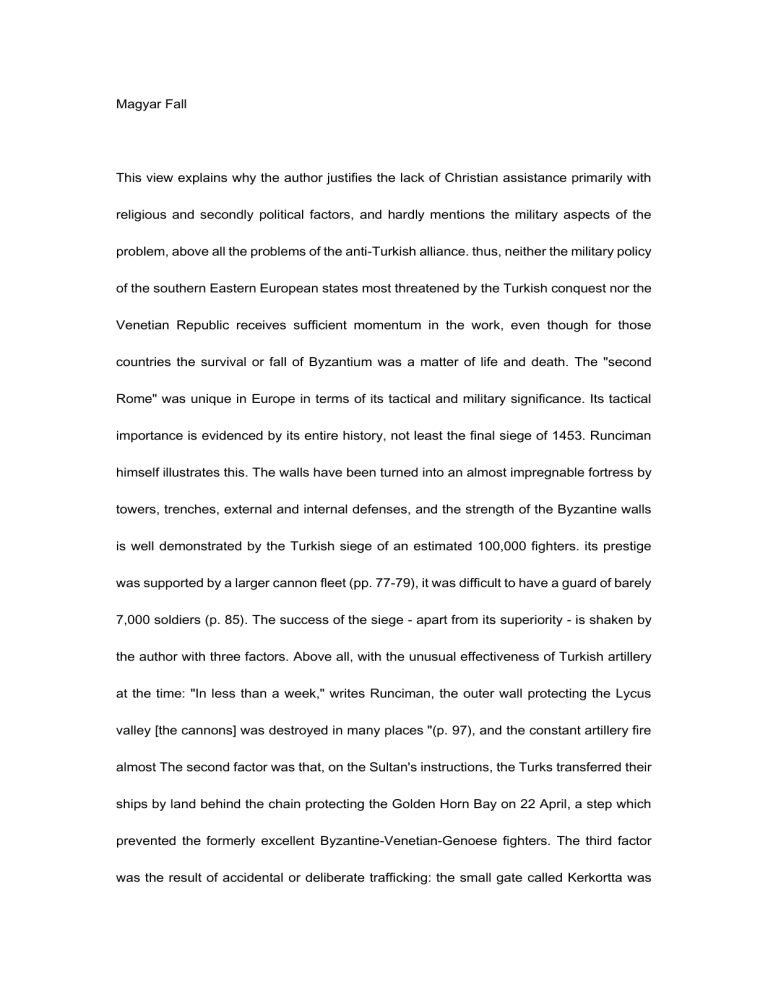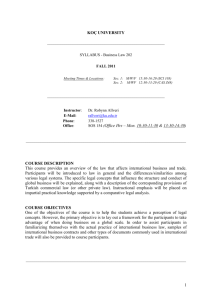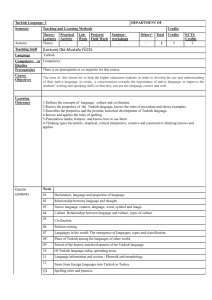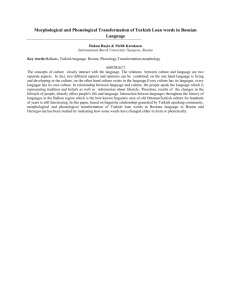
Magyar Fall This view explains why the author justifies the lack of Christian assistance primarily with religious and secondly political factors, and hardly mentions the military aspects of the problem, above all the problems of the anti-Turkish alliance. thus, neither the military policy of the southern Eastern European states most threatened by the Turkish conquest nor the Venetian Republic receives sufficient momentum in the work, even though for those countries the survival or fall of Byzantium was a matter of life and death. The "second Rome" was unique in Europe in terms of its tactical and military significance. Its tactical importance is evidenced by its entire history, not least the final siege of 1453. Runciman himself illustrates this. The walls have been turned into an almost impregnable fortress by towers, trenches, external and internal defenses, and the strength of the Byzantine walls is well demonstrated by the Turkish siege of an estimated 100,000 fighters. its prestige was supported by a larger cannon fleet (pp. 77-79), it was difficult to have a guard of barely 7,000 soldiers (p. 85). The success of the siege - apart from its superiority - is shaken by the author with three factors. Above all, with the unusual effectiveness of Turkish artillery at the time: "In less than a week," writes Runciman, the outer wall protecting the Lycus valley [the cannons] was destroyed in many places "(p. 97), and the constant artillery fire almost The second factor was that, on the Sultan's instructions, the Turks transferred their ships by land behind the chain protecting the Golden Horn Bay on 22 April, a step which prevented the formerly excellent Byzantine-Venetian-Genoese fighters. The third factor was the result of accidental or deliberate trafficking: the small gate called Kerkortta was found open by the Janissaries on the day of the final assault, which allowed them to enter the castle without hindrance. the author himself proves the tactical importance of the city, the world then both qualitatively and quantitatively his most significant army triumphed over a small number of Byzantine defenders only with great effort. We consider the military value of the city to be even more significant, which the author regrettably omits to present. Byzantine strategic fon led to his leadership. Until 1453, these wars were offensive in nature, with the aim of ousting the Turks from Europe. From both the victorious long campaign and the campaign in Varna, which ended in defeat, we can conclude that these plans did not separate a certain reality. By the time of Byzantium, the situation will change. Although there are still attempts to achieve European unification, only a few, more local, limited-purpose attacks by Hungary and Venice shed some light on the ever-increasing night of growing Turkish dominance. It is also noteworthy that the analysis of military plans that would otherwise never materialize. Whether we look at the Council of Mantua in 1458 or the war plan of Emperor Miksa in 1518, both set the goal of the campaign in the liberation of Byzantium; contemporaries rightly saw the recapture of the city as the sine qua non of a decisive victory against the Turks. Let’s see what the city meant while it was in Christian hands. Above all, a first-class fleet base. Until 1453, the Turkish Empire on both shores of the Bosphorus was made extremely inaccessible by the fact that a strong fleet could paralyze the connection between the two parts of the empire. This, both in 1443 and a year later, called into question the holding of the Turkish conquests of Europe. Byzantium was also a connecting link between Europe and the small Asian enemies of the Turks - karamans, separate Turkish and Tatar emirates, Trebizond, etc. - between. Its survival necessarily hampered the pace of Turkish expansion in Europe and provided some opportunity for offensive campaigns against the Turks. With the Turkish hands, the military significance of the city increased exponentially. It provided a capital city, a secure military base for the Turks. Byzantium, the new Turkish name for Istanbul, is essentially shown by the geometry of the ever-expanding empire, above all at the center of Riai, both as a turning point in the history of the wars against the Turkish position and size. The fact that the major "sultan's" campaigns at the end of the 14th century made it clear that the peoples of south-eastern Europe could not stand up to the Turkish advance on their own. This required all European unification. Its possession determined the army of the Turkish army for centuries: due to supply and other factors, the various Turkish continents could usually reach the city only by mid-April, and they could only set off for their military destination in early May. the period had shrunk to barely three months, as the fighting had to be completed by the end of october in the spirit of tradition, as the cold and supply difficulties prevented further fighting. It is no exaggeration, then, to say that the possession or loss of Byzantium was a determining factor in the warfare of both the European and Turkish armies. Another chapter of Runciman's work indirectly responds to one of the most significant problems of Hungarian historians, recently raised by Géza Perjés: the possibilities of compromise with the Turks. Runciman takes great care to portray the further fate of the city and its inhabitants. From this we dare Turkish policy towards the conquered: the almost complete abolition of the ruling class, the displacement of large masses of the people and the deprivation of lasting rights, the exclusion of opportunities for development, so we can filter the answer ourselves: accepting Suleiman's supposed peace offer is not would have meant choosing the right alternative for the further fate of our country. Finally, we would like to point out the greatest positive of Runciman's work, which is the most instructive for our historians: although the author wrote a well-recorded, welldocumented scientific work revealing several new facts, he did so in an extremely enjoyable, often captivatingly read way. This has shown that the boundaries between scientific and knowledge-disseminating work are now blurred, and it is possible, and even desirable, for a historian to publish the results of his research in a comprehensible, easyto-read form.







